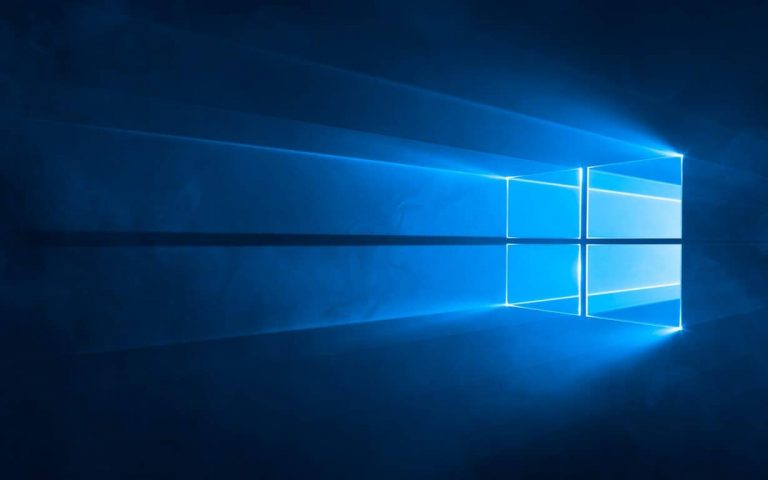Most users have been excitedly exploring the Windows 10 Anniversary Update since its release a couple of days ago. Even with the few issues that have cropped up, many of the features are a happy trade off, but not everyone that has tried out the new build has completely fallen in love with it. That’s probably why Microsoft introduced the new Build Rollback feature through their recovery options in the first place. But what they didn’t mention in the new Windows Anniversary Update was that the amount of time to go back to an earlier build was reduced from thirty days to only ten.

WinSuperSite investigated this recent change, testing their other devices and discovering that it was indeed only ten days to rollback to a previous build. Microsoft replied to their inquiry with a statement:
“Based on our user research, we noticed most users who choose to go back to a previous version of Windows do it within the first several days. As such, we changed the setting to 10 days to free storage space used by previous copies.”
According to the article, just the difference of twenty days is actually significantly changing the amount of data stored for backup files. Now it will only reserve about 3GB to 5GB of data instead of the previous settings. That makes the decision ideal for low storage devices such as phone and tablets.
Of course, you’re still able to rollback to previous versions after the ten days is over but it’s definitely not as easy. If getting your machine back to a previous build is that important, you can just wipe your machine and reinstall a previous version with a legitimate key. It’s also worth noting that the “Go back to an earlier build” option only goes back one build and cannot be used more than once repetitively.
Do you think that the telemetry decisions of the recovery option makes sense? Share your thoughts in the comments below.


